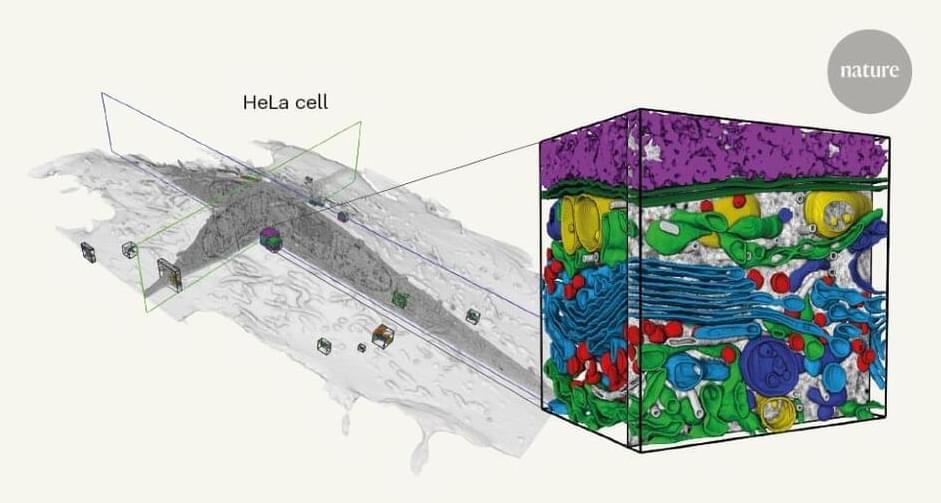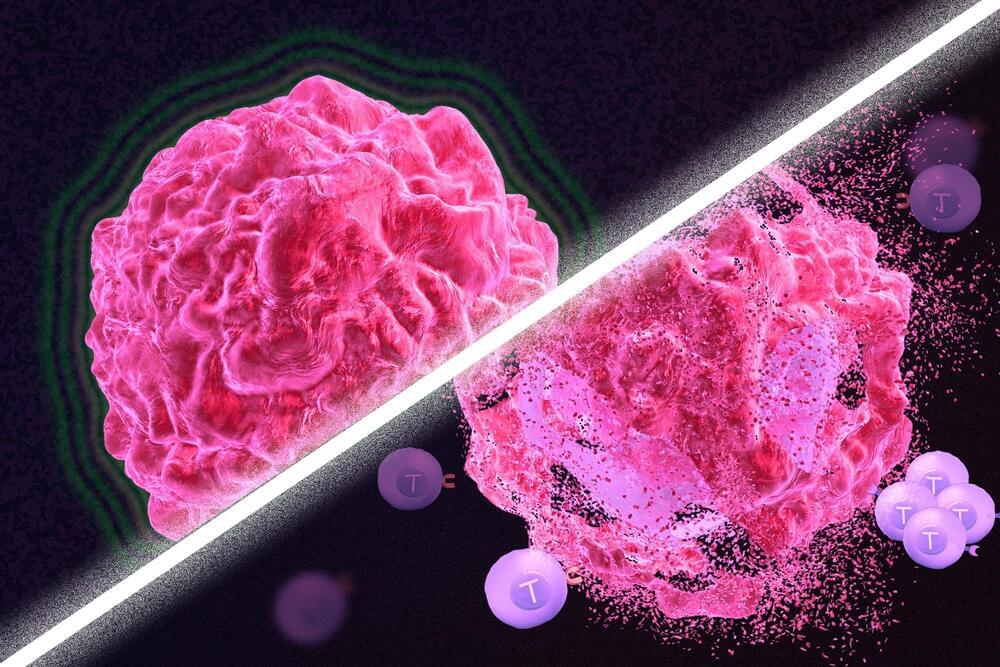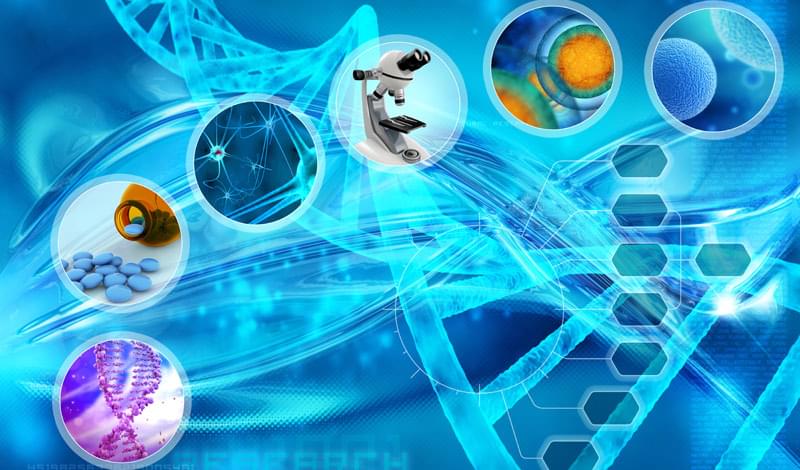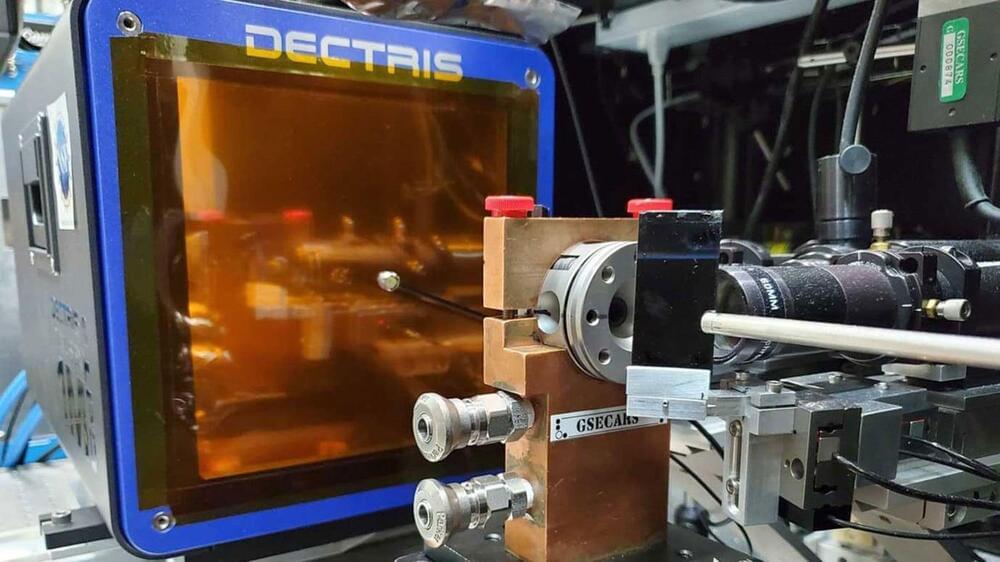We’re just 7 days away from the launch of Crew-3 to the ISS!
Mission livestream:
Discord: https://discord.gg/7Szs3Qma.
Become a member to my channel!
https://www.youtube.com/channel/UCn8SmzG1xXx_inu-XADxcMg/join.
SpaceX and NASA are targeting Thursday, April 22 for Falcon 9’s launch of Dragon’s second six-month operational crew mission (Crew-2) to the International Space Station (ISS) from historic Launch Complex 39A (LC-39A) at NASA’s Kennedy Space Center in Florida. The instantaneous launch window opens at 2:21 a.m. EDT…








